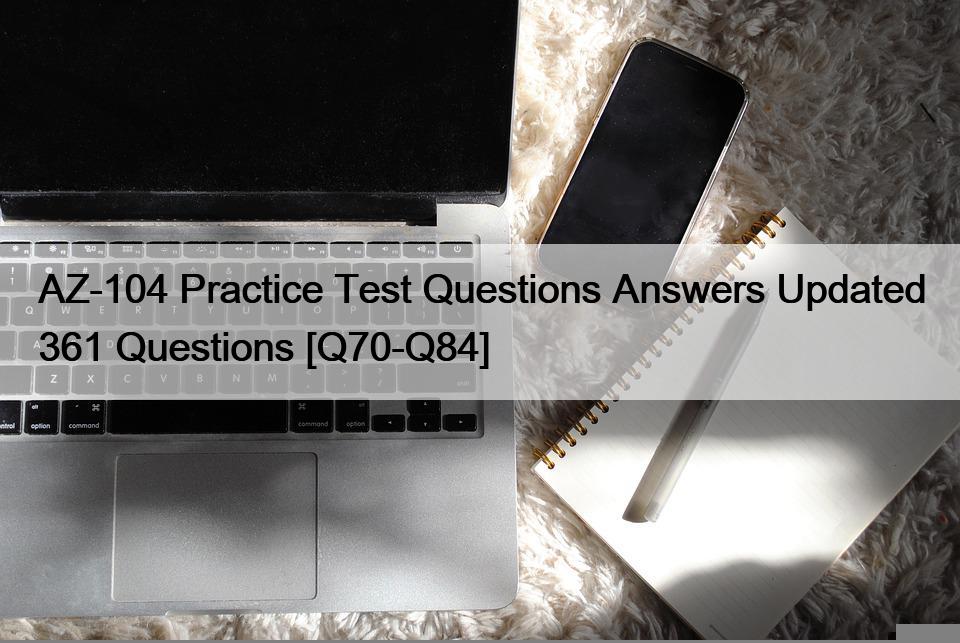AZ-104 Practice Test Questions Answers Updated 361 Questions [Q70-Q84]

AZ-104 Practice Test Questions Answers Updated 361 Questions
AZ-104 dumps & Microsoft Azure Administrator Associate Sure Practice with 361 Questions
New AZ-104 Exam Questions| Real AZ-104 Dumps: https://www.trainingdump.com/Microsoft/AZ-104-practice-exam-dumps.html
Related Links: 錢朝天堂.官網.com onlineadmissions.nexgensolutionsgroup.com lucidbeing.in thinkersklub.in dars.kz www.pcsq28.com
Leave a Reply